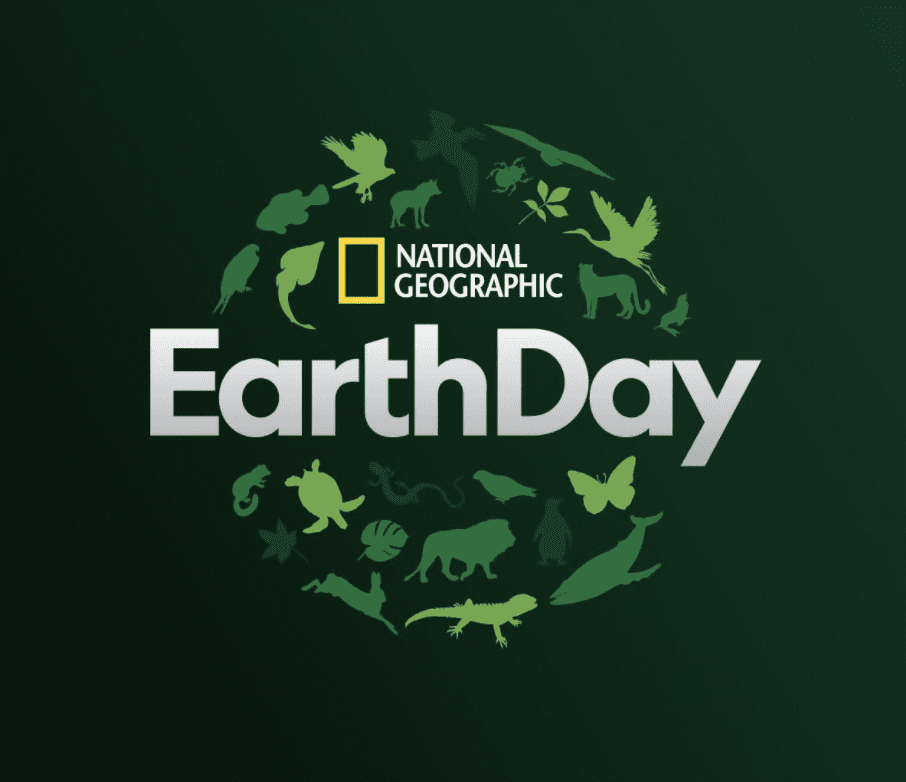

Nat Geo’s Geoff Daniels
Nat Geo had big plans to celebrate the 50th anniversary of Earth Day on April 22. But as the COVID-19 crisis unfolded, the network had to pivot. Geoff Daniels, EVP, Global Unscripted Entertainment, National Geographic, explains how they made the shift.
How did the pandemic affect your Earth Day programming plans?
In general, given the global circumstances, we wanted to make sure we were able to strike the right tone — inspirational and hopeful. So yes, we were forced to pivot slightly on one of our Earth Day primetime specials, Born Wild: The Next Generation, produced in association with ABC News and hosted by GMA’s co-anchor Robin Roberts. Our original plan was for much of the show to be broadcast live from multiple locations around the world. When it became clear that was not going to be possible, we shifted the focus to a set of truly wonderful pre-taped segments we’d already shot, featuring some of our top Nat Geo Explorers. What’s remarkable is the fact that we still managed to deliver a terrific, uplifting show that celebrates the diversity and wonder of our planet as seen through the eyes of adorable and charismatic baby animals – with a big assist from Chris Hemsworth and two little koala joeys named Ember and Dimples! As for our other primetime special Jane Goodall: The Hope, that one was in the final stages of post-production when the shutdown occurred, so we didn’t hit any real speed bumps beyond Jane not being able to travel to the US ahead of the premiere as planned. But if there’s a silver lining on that one, I honestly think she has done more to support the show from her home in England than she ever would have been able to do given her normal travel schedule. In the end, I couldn’t be more proud of how both specials turned out with my hope that they’ll bring real inspiration and joy to all our viewers at a time when the world needs it most.
Do you see the crisis impacting programming long-term?
Our initial focus was on the short term. Making sure we were able to quickly and efficiently suspend our field productions around the world and get everyone safely home. Now like everyone else, we are beginning to look at the long term. The good news is we have content in various stages of post-production – which for the most part is still happening remotely – that will carry us for a long time. But what’s been really promising is that our production partners are adapting with us and getting incredibly creative with concepts that account for the new realities and restrictions we all have to face. So whatever may come, whatever the “new normal” looks like, I’m confident once we are fully satisfied production can safely resume, we’ll be prepared to keep delivering the kind of innovative, inspiring and impactful storytelling people expect from Nat Geo.






